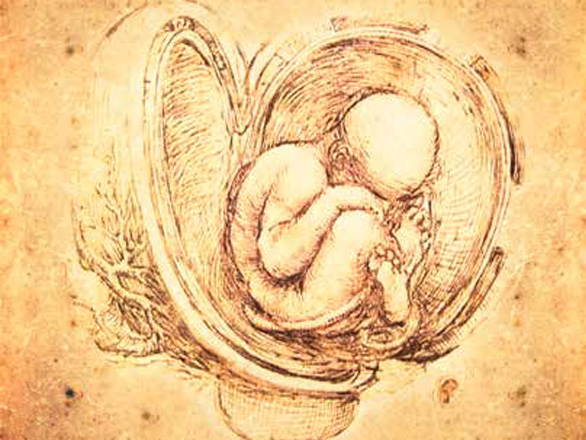The Nobel Dogma
The myometrium is the middle layer of the inner wall of the uterus. It consists of smooth muscle and its basic function is to induce contractions. Blood vessels are also lined with smooth muscle, and so, researchers have studied blood vessels as a means to understand smooth muscle functionality. Much of this work, carried out in animal models, has been conducted on the aorta, which is the large blood vessel that carries blood from the heart to the rest of the body.
Early work determined that endothelial cells that line the blood vessel release a substance called endothelial dependent relaxing factor that acts on the smooth muscle cells. This factor was later identified to be nitric oxide (NO) and its role in the smooth muscle activation pathway was determined. Researchers described how NO released from endothelial cells acts on underlying smooth muscle cells to activate an enzyme called guanylyl cyclase, which in turn generates cyclic guanosine monophosphate (cGMP). cGMP acts as a messenger in the muscle by partnering with a kinase that adds a phosphate group to myosin phosphatase, activating it, which then relaxes the muscle. In 1998, Dr Robert Furchgott and Dr Louis Ignaro from the University of California, Los Angeles, along with Dr Ferid Murad from the University of Virginia, received a Nobel Prize for this pivotal discovery. Dr Buxton hypothesised that the action of NO relaxes the smooth muscle of the uterus. Initially, he had reasoned that NO must act upon the uterus as it does on blood vessels and other smooth muscles – but he soon realised this was not the case.
 A Devastating Problem That Is on the Rise Preterm birth is defined as the birth of a baby before 37 weeks of completed gestation. According to World Health Organization statistics, an estimated 15 million babies annually are born prematurely. Approximately 1 million children die each year as a consequence of preterm birth and those who survive are at risk of lifelong disabilities. As such, preterm birth is the leading cause of death in children aged under 5 years, and an estimated 75% of paediatric care is spent on children who are born preterm.
A Devastating Problem That Is on the Rise Preterm birth is defined as the birth of a baby before 37 weeks of completed gestation. According to World Health Organization statistics, an estimated 15 million babies annually are born prematurely. Approximately 1 million children die each year as a consequence of preterm birth and those who survive are at risk of lifelong disabilities. As such, preterm birth is the leading cause of death in children aged under 5 years, and an estimated 75% of paediatric care is spent on children who are born preterm.